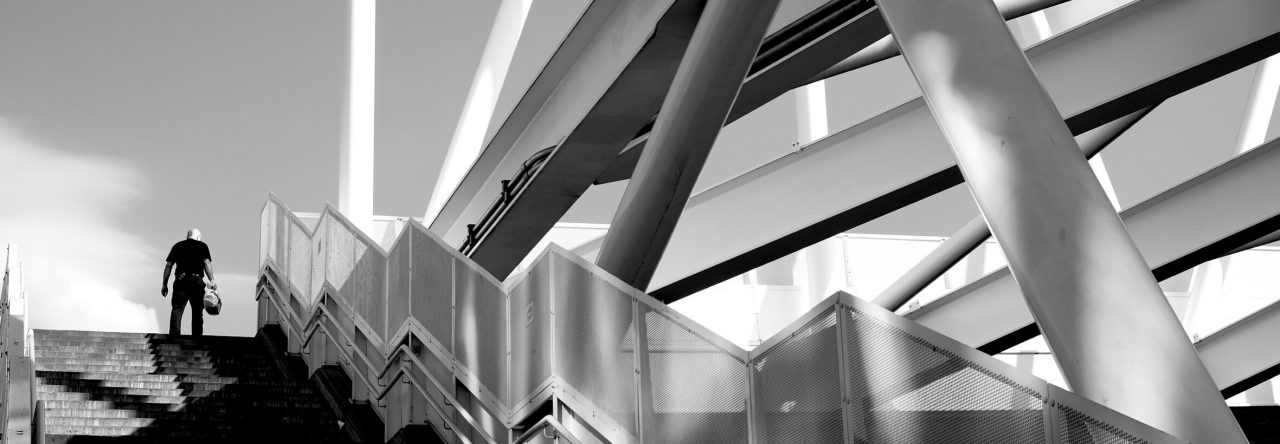I have worked with Fujifilm’s X-T10 camera for the past year and a half, and loved it as its unobtrusive size and shape is exactly what I was looking for my street photography, while the choice of available Fujinon lenses provides the versatility to undertake other kinds of photography, namely portrait and urban/architecture. A couple of weeks ago I decided to upgrade to Fujifilm’s new X-T20 camera, mostly for three reasons: the greater resolution, the new black and white Acros film simulation and the touch-screen.
I haven’t had as much time as I would have liked to try the camera, but I did take it for a couple of test runs around Berlin and asked a few friends to pose. The new camera does not disappoint, on the contrary. Everything I loved about the X-T10 is still there, of course: the retro look and feel, the small size and weight, the handy dials, the colour rendering and the overall image quality, and the simplicity of the menu.
These are the major points which I noticed:
- I would argue that the new sensor and the resolution increase alone are worth the price. The photos look incredibly sharp.
- The Acros film simulation isn’t new, Fujifilm premiered it last year with its Pro X-Series models. Users of those models have been raving about it, and I can see why: it is very film-like and convincing, and does indeed produce great results.
- Not so convincing: the touch-screen. Nice for flipping through the camera roll, not so nice if like me you prefer to use the viewfinder to shoot: I found myself changing the focus point with, literally, the tip of my nose when looking through the view finder. I subsequently turned the feature of for shooting. Also, for some reason, the touch-screen lets you focus everywhere except in the centre of the image. Missing is the ability to use touch to scroll through the menus.
- Nice improvements to the camera’s user expencience: a new customisable menu, the removal of the video button (replaced by a programmable function button), touch-screen functionality to flip through the camera roll and to zoom in and out.
- One item I regret: on the X-T10, eye detection could be turned on and off by simply pressing a function button. The X-T20 offers more options for eye detection, and thus one needs to scroll through a sub-menu in order to change the settings, which takes more time.
- Not tested: the camera offers an array of options for auto-focus of subjects in motion. I have not had a chance to test this yet. The same goes for pixel mapping as well as the enhanced video capabilities.
In summary, I’m quite happy to have made the upgrade and I can’t wait to take the camera for more test runs.
Find below a sample of the test results.












